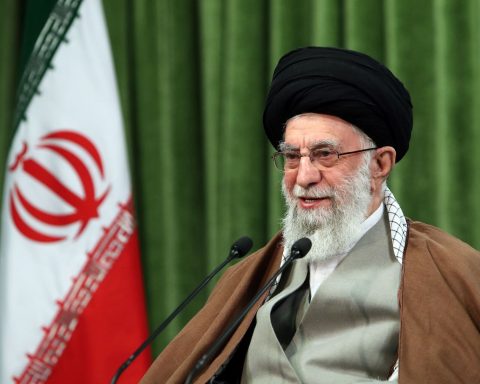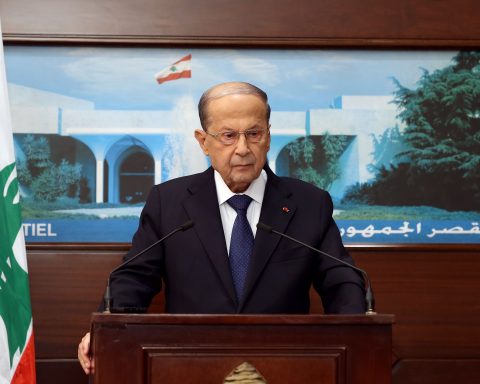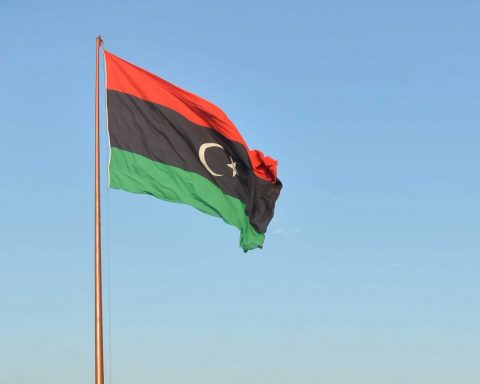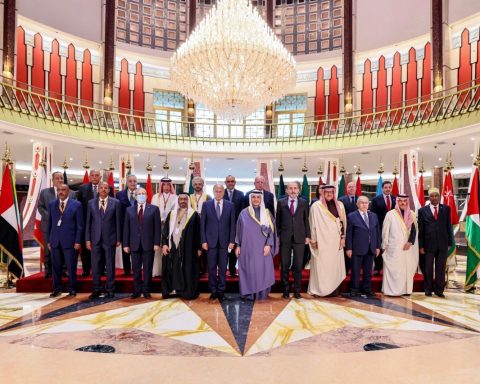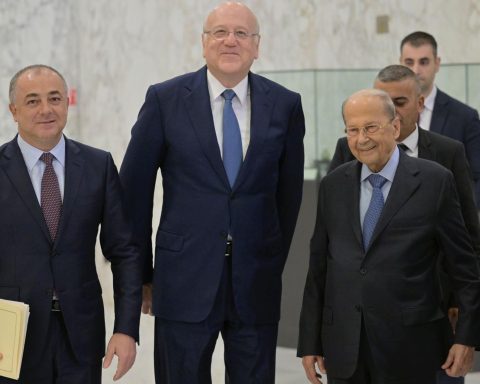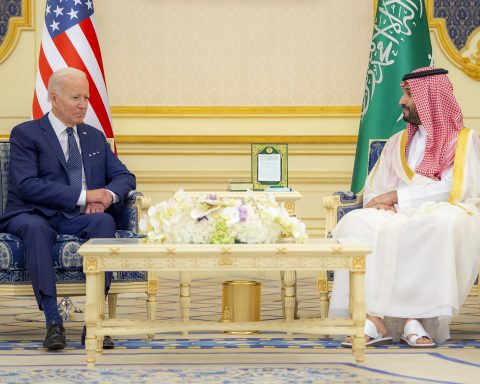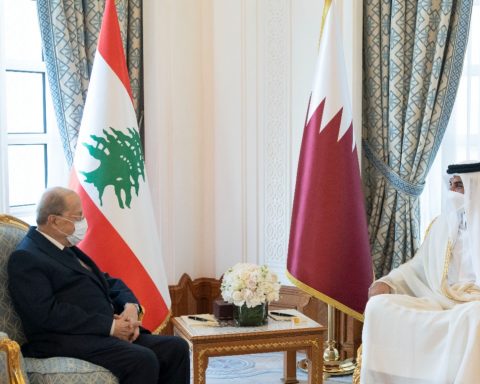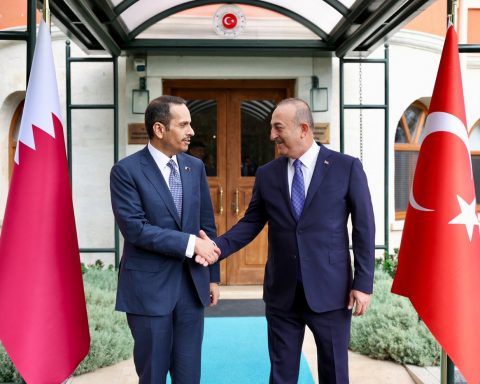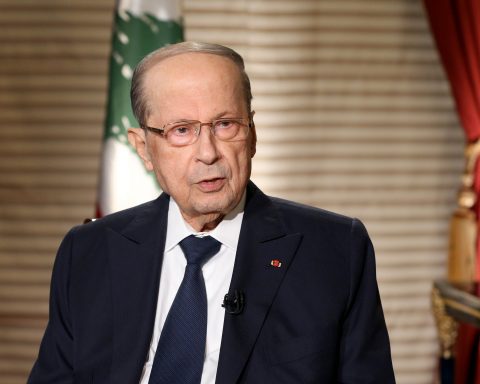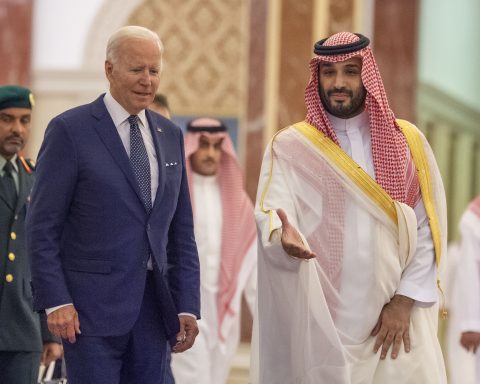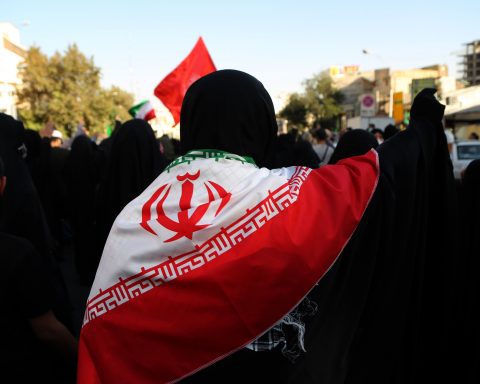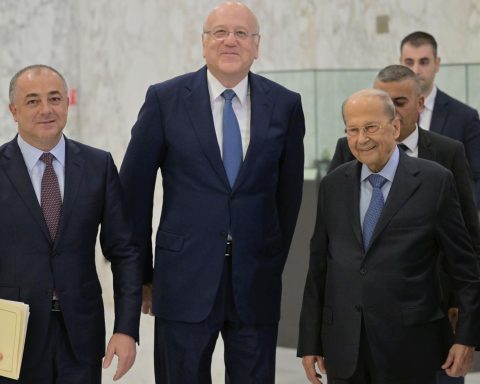The U.S. policy toward the Middle East remained rabble-rousing, merely based on the redundant legacy of hard power, aid packages, and a skewed emphasis on the Iranian threat subsequently failed to advance American interests in the Middle East. RAND Corporation offers a re-evaluated adaptation of new long-standing policies to explore regional veracities and strategic imperatives.
In 2019, the United States had a total expenditure on foreign military financing worth $6 billion, 81% of which was devoted to three countries in the Middle East: Israel, Egypt, and Jordan. This inequality in the U.S. policy hinders the scope for cooperation with other regional states outside the three countries aforementioned. RAND sketched an alternate approach to rebalance the American standing in the region, prioritizing non-security investments using soft power apparatuses. Political development and improved governance ought to be the initial phase to enhance regional stability. “We propose continuing to engage in the region but doing so at a more measured rate and with a smarter approach,” said Linda Robinson, co-author of the report by RAND.
The report also indicates that the United States must come out of its threat narrative to convey its policy line centered on cooperation rather than security parameters. “We need to start thinking about what we are for in this region, not just what we’re against,” said Dalia Dassa Kaye, lead author of the report. This unconventional line would lead to economic cooperation, good governance, state and public diplomacy and would undoubtedly cut heavy reliance on military tools. That might require decreasing sales of high-end weaponry in errand of equipment fitted to defensive tenacities and departing the gap between Israel, Egypt, and Jordan, and other regional counterparts. Subsequently, it would entail condensing the war-based polarities in the Middle East, and the emphasis on nonmilitary programs will help stabilize the war zones. The authors of the report believe that the underlined approach will enhance the confidence of local leaders across the region to counter violent extremism and extend efforts for stability. The U.S. and local leaders’ parities towards peace would produce desired outcomes in support of the U.S. strategic goals.
In accordance with the strategic recommendation of the report, the Biden administration is aligned on the point to withhold the Saudi polices of transgressions in Yemen. With such a strategy, a long-term prospect will offer the Middle Eastern public with the opportunity to engage in health, development, unemployment, and climate change. It would also maintain a focus on human rights abuses at the government level.
Despite of an extreme compression and unilateral sanctions, the U.S. remained unsuccessful in constraining Iran’s nuclear program or curtail its regional activities. The report proposed by off-putting Iran’s nuclear program through multilateral diplomacy, the U.S. should put an exertion on the environment in which Iran maneuvers in the region to reduce Iranian footing on the ground. Improvement in Iraq’s governance could be the flagship to deflate Iran’s reach in the area.
The devised strategy is centered entirely on a ‘non-military mindset’; the report advocates a vigorous shift from hard power modus to soft power. “The strategy we lay out requires a shift from a military to a non-military mindset,” the researchers indicate. ” Which requires a huge compromise on arms sale. It calls for an increase in economic development, trade, and a balanced financial investment approach. Moreover, diplomatic initiatives are required to reduce stiffness in the war zones in the region. It requires recalibrating the U.S. military support and reducing arms sales while increasing economic, trade, and financial investments. It calls for a more diplomatic initiative to the breakout of the current cycle of conflict and escalation. Our assessment suggests that working toward such a long-term plan with partners, regionally and globally, is an investment that will pay higher dividends, at lower costs, than continuing on our current path.”
Including this, the report further evaluated the involvement of global competitors like China and Russia obstructs American strategic objectives in the region. Russia for instance, is engaged with security and weaponry sales, thus supports the interventions in the region. This hardline approach provides twofold efficacy to Russia. Firstly, it keeps Russia relevant in the region as a major power and secondly, it serves a huge economic benefit for Russia to maintain a status quo in the region. In contrast, China upholds the policy of cooperation with the tools of economic aids and investments, whilst it considers the Middle East as a crucial player in developing its Road Belt Initiative. The said report identifies that the mounting of Sino-Russian influence in the region could limit American interests, based on historical contention amongst the three. Yet, the Middle East provides an opportunity for great powers to cooperate on several grounds i.e., non-proliferation and the management of energy price slumps, which could only be achieved with regional calm and cooperation. An eccentric approach with diplomatic and economic instruments could secure the interest of all parties in the region. Therefore, it is suggested that the US policy-makers should revise economic spending in the region with a more balanced approach, which will entail an equilibrium among the set priorities in the region. The proposed policy shift in the report will consequently bridge the gap between the big three aid participants. “Now is the time to break this cycle and consider strategically investing in a positive vision for the region that is oriented toward the future.” concludes the report.


